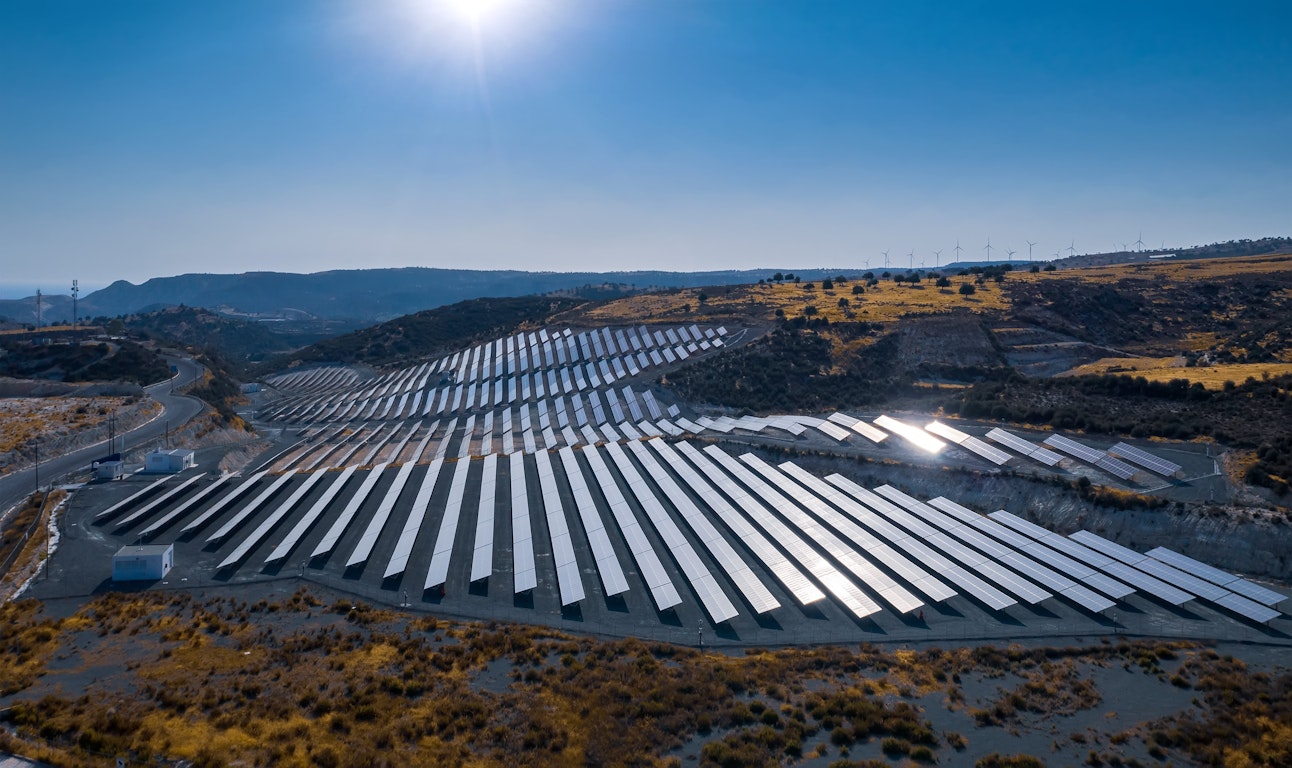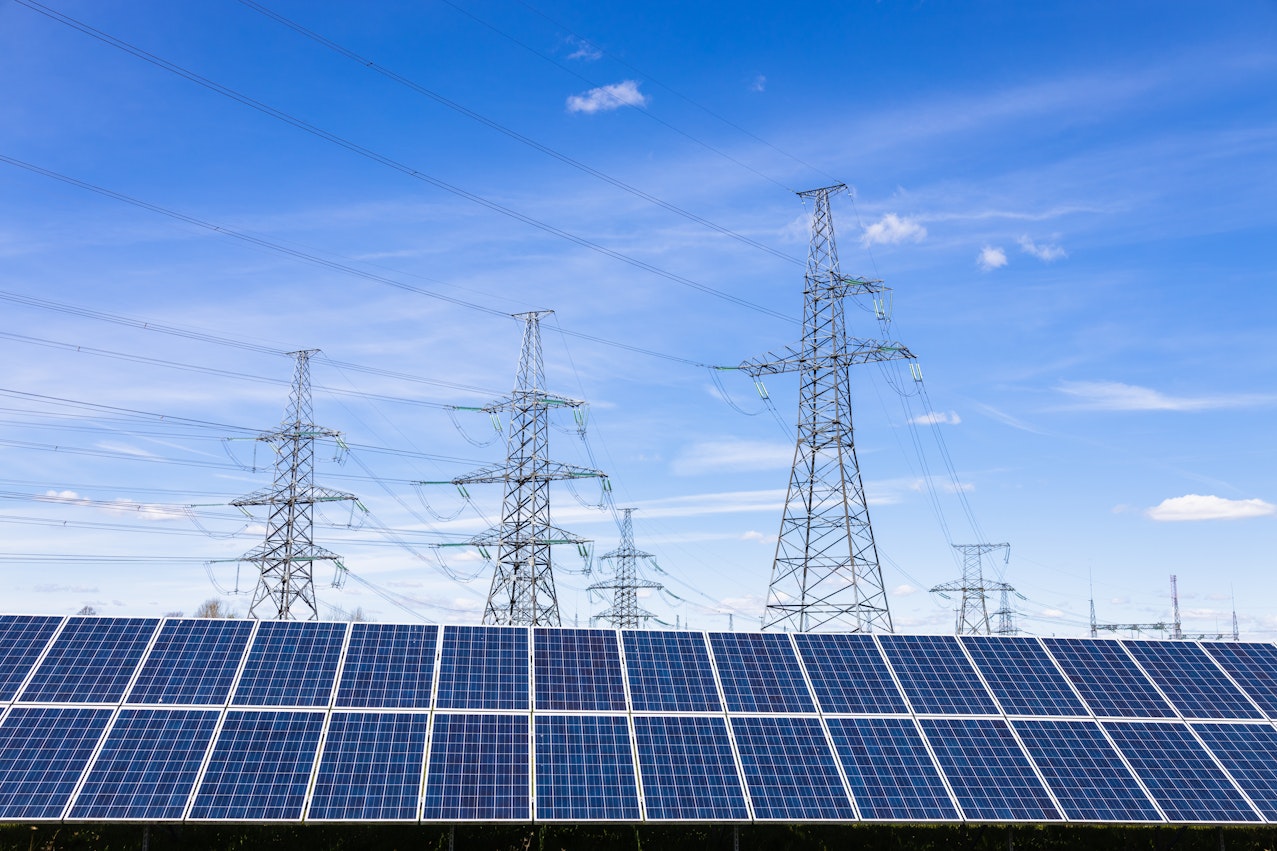Iberia: Permits Bottleneck
Explore Spain's clean energy transition and the challenges of permitting and regulation.
- Published by
7 May, 24
Like most European countries, Spain is taking its clean energy transition seriously. The country’s approach has seen great results so far, including surpassing important milestones. However, more recently there has been some friction, with bottlenecks starting to appear in Spain’s permitting space. This blog post will explore what exactly is causing these issues and what can be done to resolve them.

The energy market in Spain
Before diving into the permitting problem, it’s worthwhile looking at the current state of Spain’s overall energy market. Last year was a good year for the country, where for the first time it generated over 50% of its electricity from sustainable sources. The achievement of this milestone in 2023 places Spain among the leaders in Europe and is a testament to its commitment to the clean energy transition.
Looking at the numbers a little closer, wind energy has emerged as one of the driving forces behind Spain's renewable energy revolution. In 2023, wind energy accounted for an impressive 23.5% of the total electricity generation. The nation's wind turbines have collectively produced an incredible 62.6 terawatt-hours (TWh) of clean energy, showcasing the immense potential of this type of power production. Complementing wind power's success, solar photovoltaic (PV) technology has also made significant strides, contributing nearly 30% of Spain's renewable electricity generation.
While renewable sources have taken the lead, Spain's energy mix remains diverse. Nuclear power plants have played a substantial role, contributing approximately 20.3% to the energy mix, with a generation of about 54 TWh in 2023. Combined cycle power plants and hydropower have also made valuable contributions, accounting for 17.3% and approximately 10% of total renewable energy generation, respectively.
Despite the success, Spain's transition has not been without its challenges. As the share of intermittent renewable sources continues to grow, the country has recognized the need to adapt its grid infrastructure and modernize its electricity systems to accommodate this shift effectively. Additionally, Spain is actively working to reduce its dependence on fossil fuels, including phasing out coal-fired generation and planning the decommissioning of nuclear power plants by 2035.

The permits and regulations bottleneck
Threatening to impede the nation's progress, a growing backlog of projects awaiting grid connection has cast a shadow over Spain’s green aspirations. Data from Bloomberg New Energy Finance reveals a staggering reality: Both Spain and another European Union (EU) member, Italy, each have more than 150 gigawatts of wind and solar capacity waiting to be integrated into the grid.
The rapid expansion of renewables has outpaced the electricity grid's capacity, depleting infrastructure reserves and straining the ability to integrate them. The existing regulatory framework has contributed to this, as well. There are now prolonged wait times for engineering, procurement, and construction (EPC) services, with some delays even extending to 12-18 months due to high demand.
The European Commission has recognized the need to resolve this quickly, initiating efforts to expedite grid investments through "Projects of Common Interest." This move aims to remove the bottlenecks by fast-tracking permits and providing EU funds, signaling a commitment to fixing the regulatory hurdles hindering progress.
Would you like to learn about the Commission's REPowerEU proposed measures to respond to rising energy prices and reduce the EU's dependence on Russian fossil fuels? Watch our recorded webinar session with a special European Commission guest and gain valuable insights on navigating permitting processes for your renewable energy projects.
However, the challenges extend beyond regulatory delays. To meet its ambitious longer-term goals, Europe collectively is in need of substantial grid investments, with a required total of 584 billion euros by 2030. Initiatives like ReDream and ebalance-plus, aimed at optimizing supply-demand management and increasing energy flexibility, will both require significant regulatory support and investment to achieve their full potential.
On top of this, project execution and financing hurdles have compounded the bottleneck. Delays in solar component delivery, particularly inverters, and the scarcity of contractors have exacerbated project delays. This situation is disproportionately affecting smaller developers who lack vertical integration and in-house EPC capabilities.
The forecasted completion rates for solar capacity suggest logistical complexities in meeting the mid-2025 deadline for approved projects and that there may be a need for deadline extensions and streamlined approval processes.
Overcoming these permit hurdles is non-negotiable if Spain is to achieve its targets. The steps taken by the EU will help push things in the right direction, but that won’t be enough on its own. A multifaceted approach will be required, one which includes enhancing grid infrastructure, overhauling the auction system, deploying energy storage solutions, and increasing power interconnections with neighboring countries.

How RatedPower can help
Solving some of these problems may require the use of specialized tools, like those offered by RatedPower. We offer cutting-edge solar PV software solutions to enhance efficiency, minimize risk, and maximize returns for developers. Our flagship product, RatedPower, is designed to streamline various stages of utility-scale PV projects.
At the heart of the software lies a powerful tool that facilitates efficient site prospecting. Developers can input parcel and equipment specifications, initiating the layout process and leveraging topography analysis to understand the terrain's impact on project feasibility. This comprehensive approach ensures that site selection is guided by data-driven insights, leading to reduced uncertainties and optimized resource utilization.
Accurate solar irradiance data is critical to the success of any solar PV project, and RatedPower excels in this area. By providing access to precise solar irradiance data, the software enables developers to generate reliable energy yield estimates, aiding in layout modeling and energy production projections.
The software streamlines the interconnection engineering process, making sure that everything is compliant with global standards. It also sizes facilities according to established guidelines and provides comprehensive reports, enabling developers to meet regulatory requirements and facilitate smooth grid integration.
To support developers throughout the project lifecycle, pvDesign generates PV project documentation, encompassing design, energy yield, and interconnection facility reports. These reports are available in a number of different formats, ensuring ease of access and compatibility with different devices.
For enhanced data accessibility, RatedPower utilizes Excel format for downloadable files like project sheets, bills of quantities, energy yield results, cable listings, and post listings. General layout and terrain slope information are available in different formats, as well.
To learn more about the full power of RatedPower and how it can help you with your next project, get in touch with RatedPower today!
What you should do now
Whenever you’re ready, here are 4 ways we can help you grow your solar business and reduce LCOE of your PV plants.
- Get hands-on with a free RatedPower self-service guided tour. If you’d like to learn the ins and outs of how top photovoltaic software can help your engineering team, go ahead and request your free demo. One of our solar experts will understand your current design and engineering workflows, and then suggest practical tips on how to speed up them though the right tool.
- Let's get physical, physical! Learn the latest on renewable energy and PV in the second edition of Pulse, our annual get-together full of technical workshops, inspiring talks from energy leaders and tons of networking. Learn more.
- If you’d like to learn insights, ideas and inspiration for the low-carbon energy transition for free, go to our blog or visit our resources section, where you can download guides, templates and checklists solar successful pros use.
- If you’d like to work with other passionate experts on our team, or learn more about our purpose and corporate values, then see our Careers page.
- If you know another solar designer, developer or engineer who’d enjoy reading this page, share it with them via email, LinkedIn or Twitter.
Related posts
Searching results

